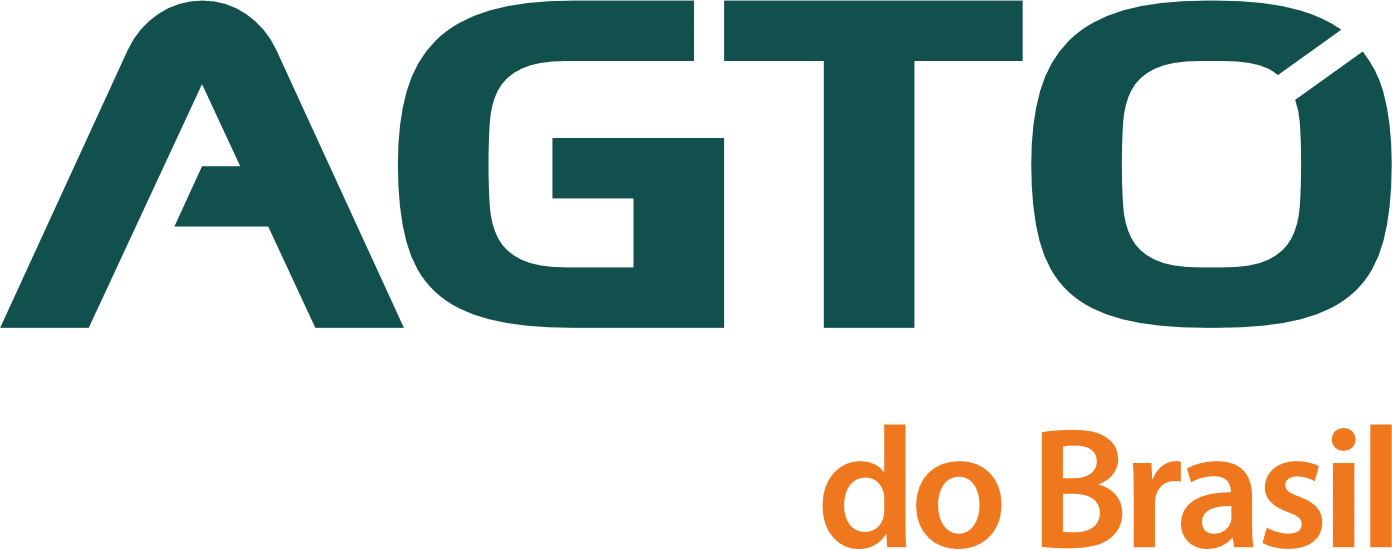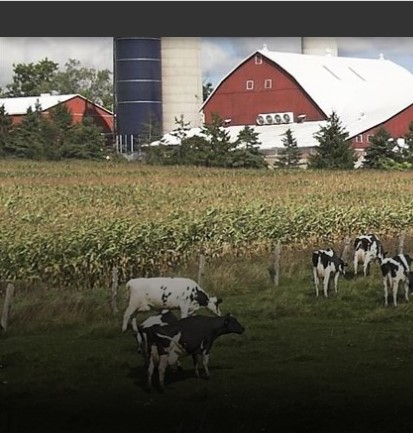According to 2017 Agricultural Census, recently released by IBGE, the number of properties that produced cow's milk in Brazil totaled 1,176,295 in 2017, and was 13% smaller than that presented by the Agricultural Census carried out in 2006, which totaled 1,350,809 establishments. Thus, during this 11-year period, approximately 175 thousand properties closed their doors, a property closure rate of around 1.2% per year. Among these properties that “disappeared”, the following stand out: smallest properties, of up to 5 hectares, which had their number reduced by 22%.
Even though many Brazilian producers have left the activity, this number is well below of the rate observed in places where dairy production is more consolidated and productive than Brazil, such as the European Union and the United States, for example. In these places, the rate of disappearance of dairy farms is around 4.2% per year. In graph 1 it is possible to observe that countries that have a higher productivity than Brazil, therefore, more effective and with a more consolidated production, present a rate of decrease in the number of milk producing properties bigger than ours.
Graphic 1. Rate of decrease in the number of milk producing properties in different countries (period between 2002 and 2018) (*)
Source: World Dairy Situation FIL IDF cited by OCLA and IBGE Agricultural Census (2017), prepared by MilkPoint Mercado. (*) for Brazil, annual composite average for the period between 2006 and 2017.
Thus, in general, the exclusion of milk producers in Brazil has been, to date, quite small compared to other producing countries/regions, including those with a more consolidated dairy chain than the Brazilian one (on average across countries/regions, the number of producers who abandoned milk fell, on average, by 4.2% in the period analyzed) . This enormous fragmentation of milk production in Brazil has some consequences for the production structure and the national dairy market.
Of the still numerous 1,176,295 milk producers mapped by the 2017 Census, only 634,480 sold their milk production. Thus, the milk consumed by most Brazilians comes only from 54% of those who produce milk. However, the milk produced by the remaining 46% may “enter and leave” the market, depending on the prices paid and the profitability of the activity. Thus, this enormous fragmentation, associated with an equally large number of milk “outside” official trade and consumption channels, contributes significantly to price fluctuations in the market and to the instability of the amounts paid to producers. Thus, one of the biggest problems for the producer is the producer himself (the one who is part of the 46% not sold).
Many other implications of this still small drop in the number of milk producers in Brazil can be explored and will be the subject of another analysis, but one indication is clear: when you hear that the dairy chain in Brazil is excluding many producers from the process, be skeptical!




